Cat’s Ear

What Is Cat's Ear?
Cat’s ear (Hypochaeris radicata) is a common weed that grows in lawns, gardens, and pastures. You can recognise it by its dandelion-like yellow flowers and hairy, spoon-shaped leaves. It spreads quickly by seeds and through its tough, deep roots. If you don’t control it early, cat’s ear can take over your lawn and make it look patchy and uneven.
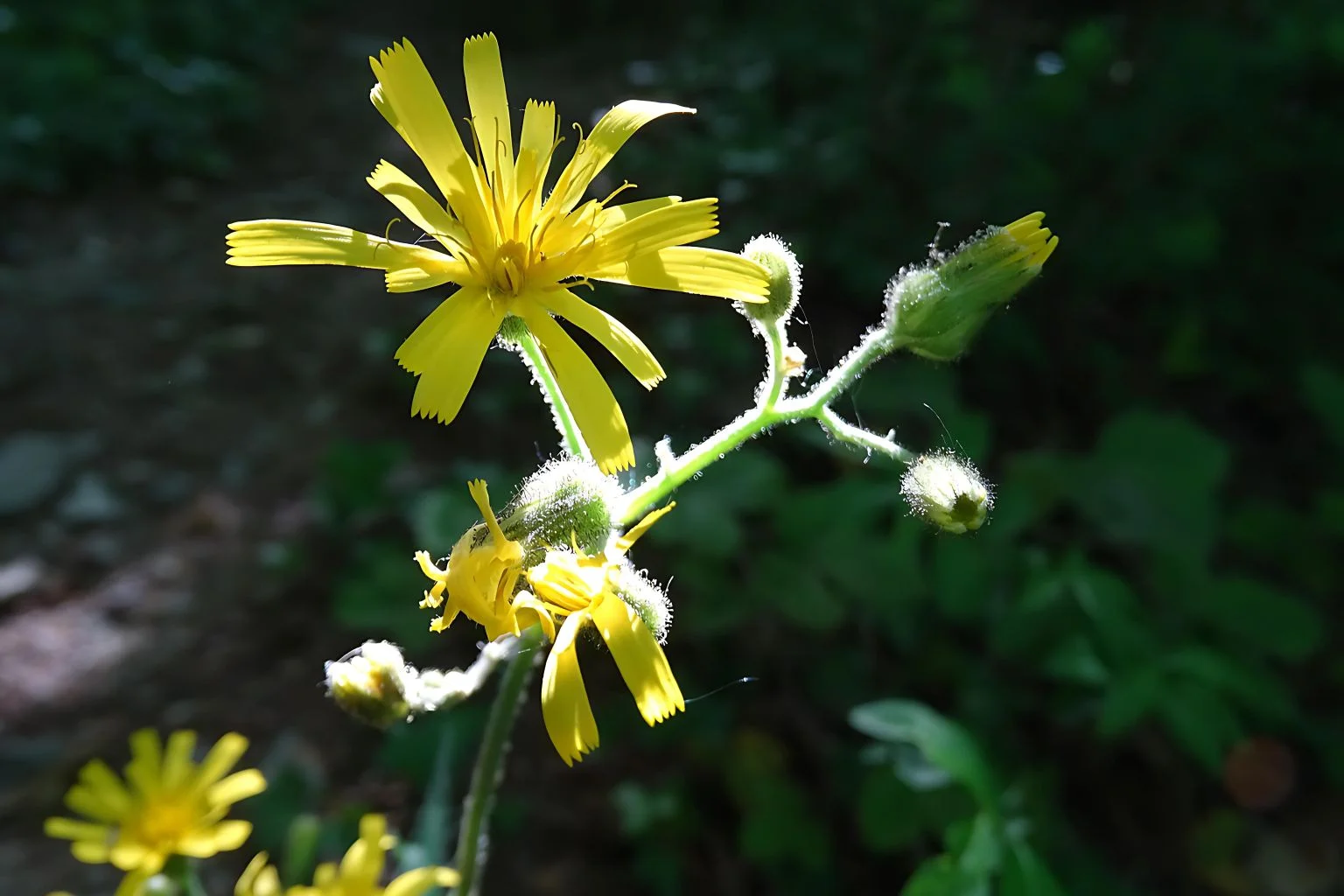
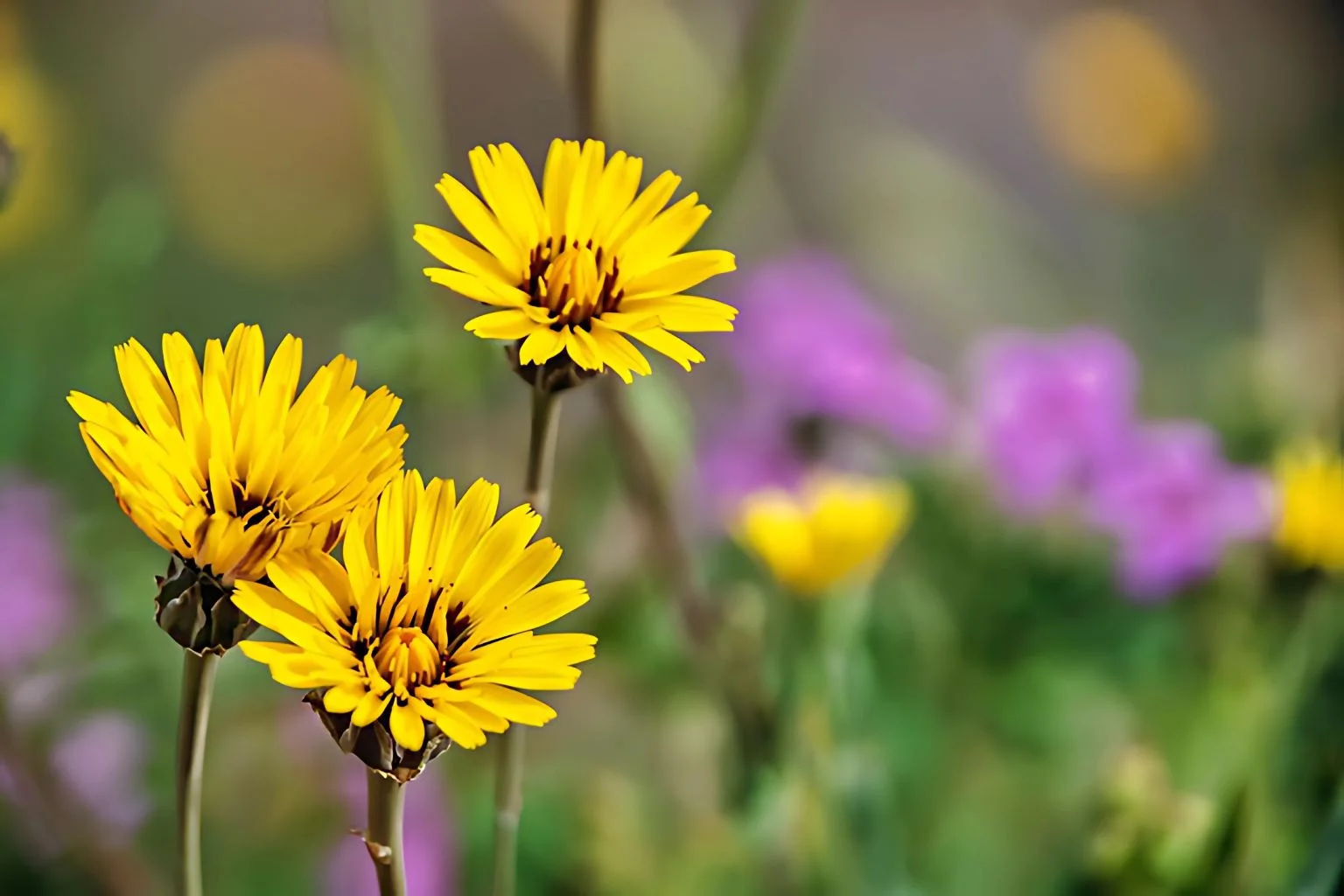
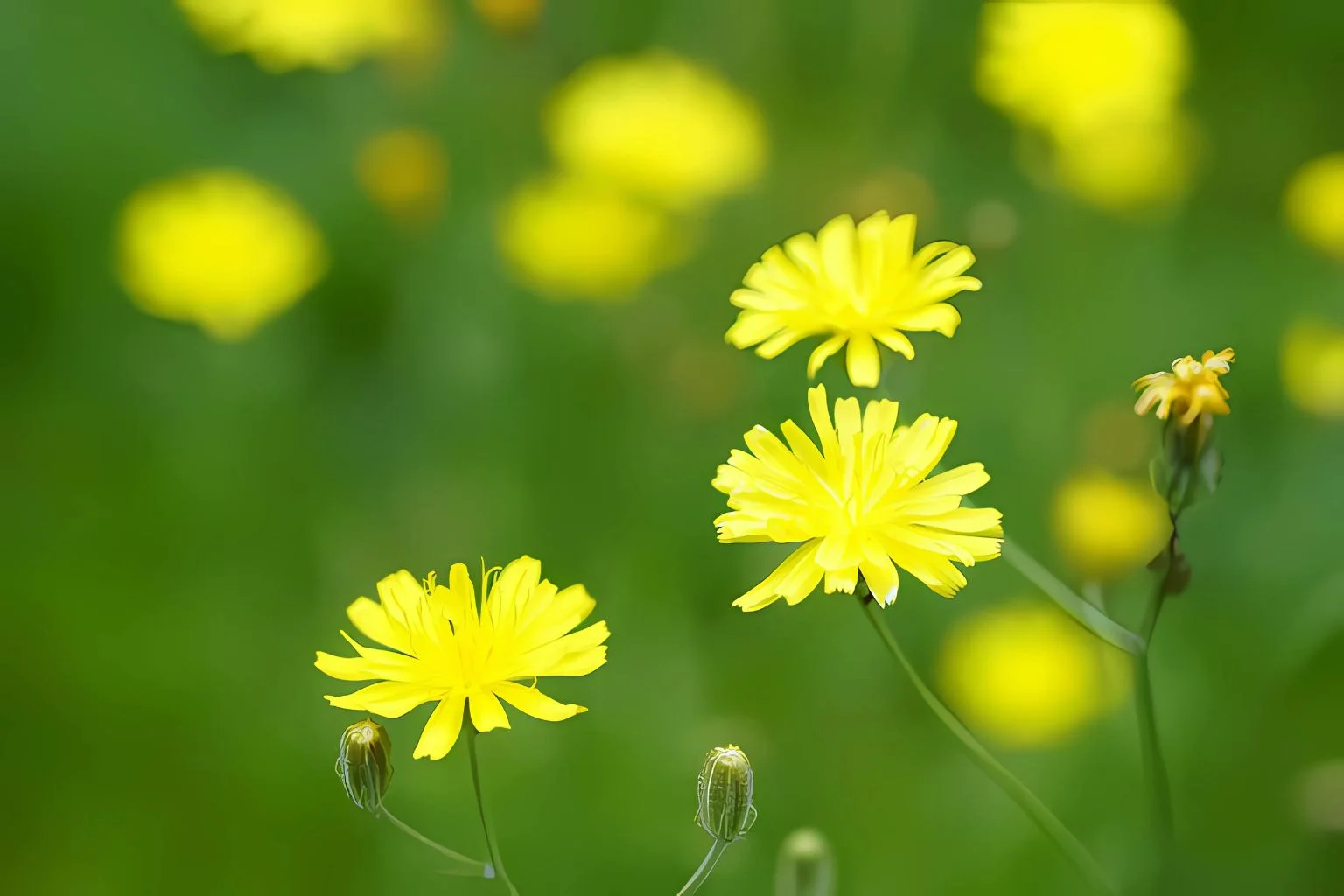
Why Is It A Problem?
How to Identify Cat's Ear
Cat’s Ear is a common weed that closely resembles dandelions. To get rid of it, you need to know what to look for.
Leaves
The leaves are hairy and spoon-shaped, growing in a rosette close to the ground. These unique leaves are a good first clue to spotting this weed.
Flowers
Cat’s Ear flowers are bright yellow and look like small dandelions. They grow on hollow, leafless stems, making them easy to spot in your lawn or garden.
Roots
The plant has strong, deep roots, which allow it to survive even in tough conditions. This helps it regrow after you try to remove it, making it harder to control.
Seeds
After blooming, Cat’s Ear produces fluffy white seed heads. These seeds can easily be blown by the wind, helping the plant spread quickly.
Effective Methods
Grow Healthy Grass
Start by growing thick, healthy grass. Mow regularly, water deeply but not too often, and fertilise your lawn. Healthy grass grows thick and makes it harder for cat’s ear to spread.
Pull Out Weeds Early
When you spot young cat’s ear plants, pull them out by hand. Try to remove the whole root, especially when the soil is soft after rain. Removing weeds early stops them from flowering and spreading seeds.
Use Mulch in Garden Beds
Spread mulch in your garden beds to block sunlight and stop cat’s ear seeds from sprouting. Mulch also keeps the soil moist and helps your other plants grow better.
Apply Selective Herbicides
If cat’s ear has spread widely, use a selective broadleaf herbicide. Look for products with active ingredients like 2,4-D or dicamba. Spray when the weeds are young and actively growing, usually in spring or autumn. Always follow the label instructions for safe use.
Prevent New Growth
-
Remove flowers before they produce seeds.
-
Keep your lawn thick and healthy to block new weeds.
-
Check your lawn regularly and remove new cat’s ear plants quickly.






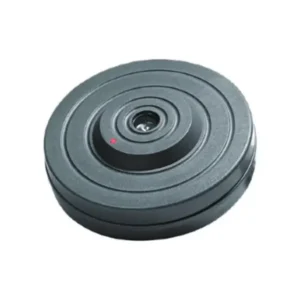
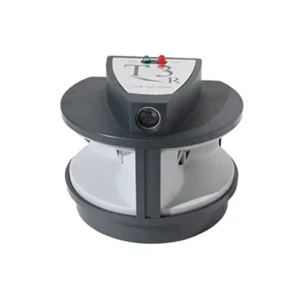
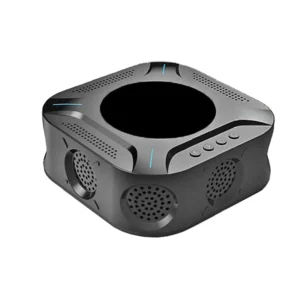
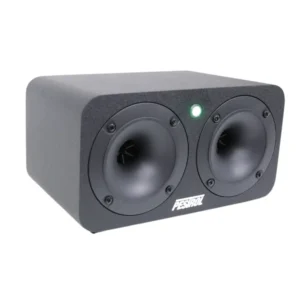
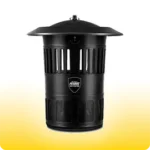 Mosquito Traps
Mosquito Traps